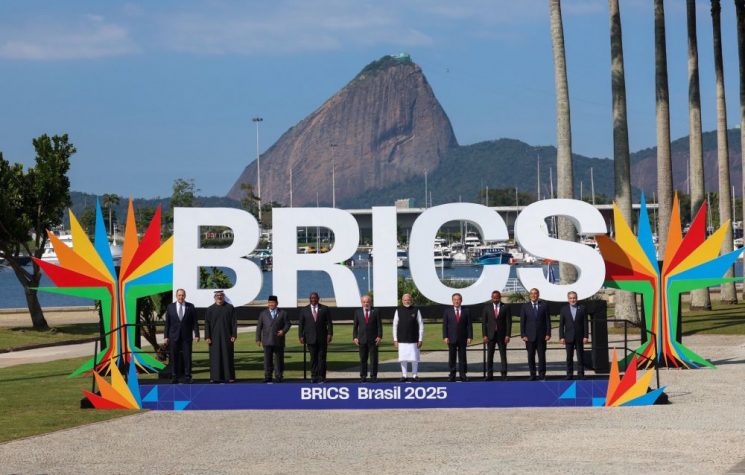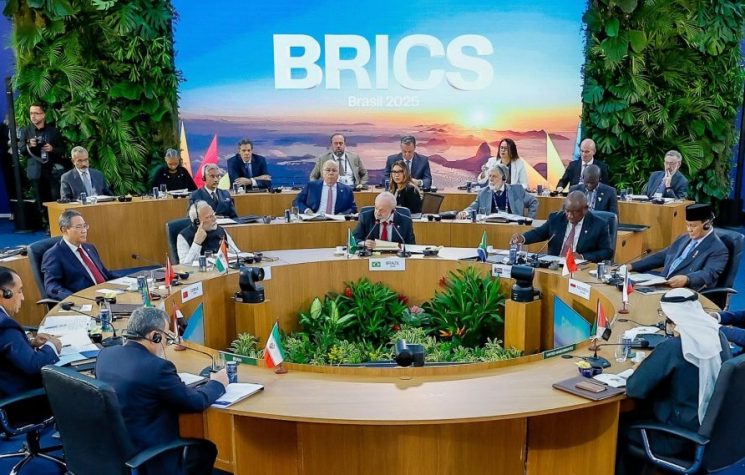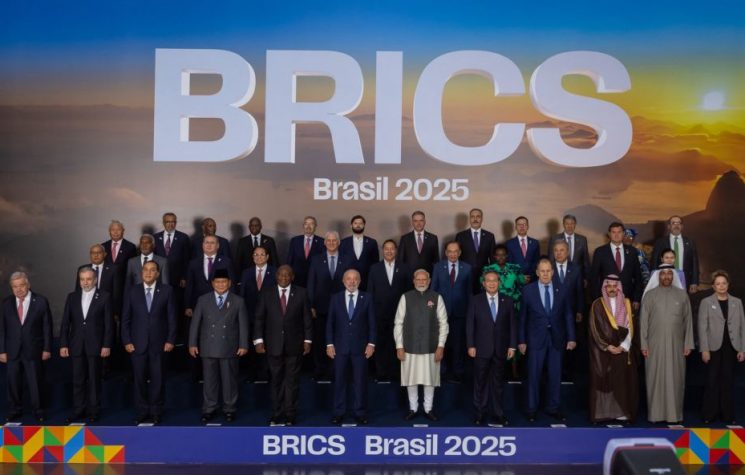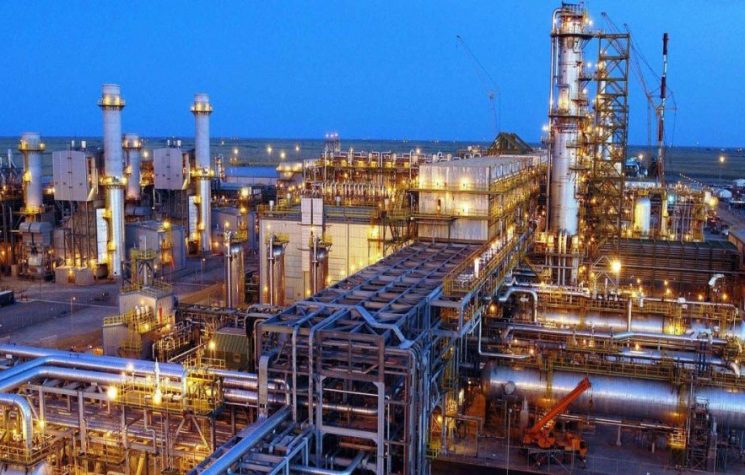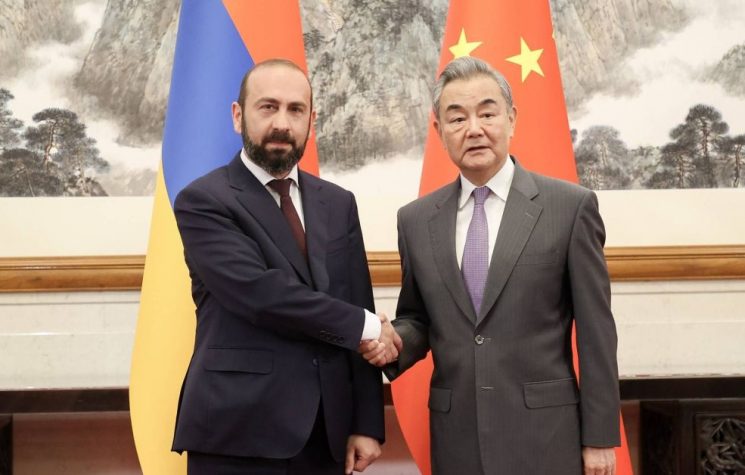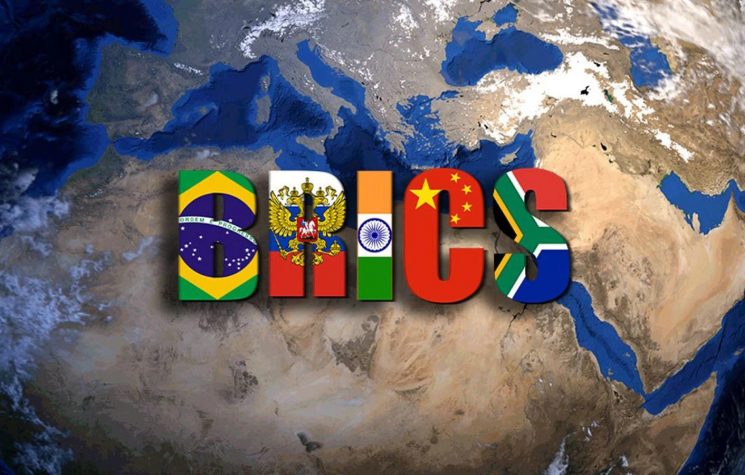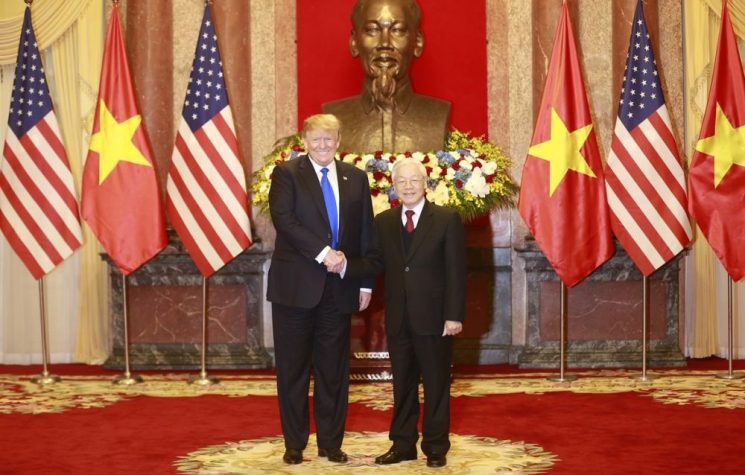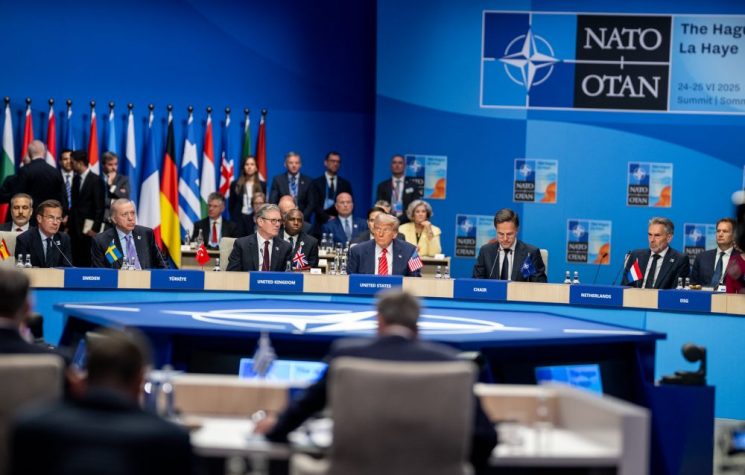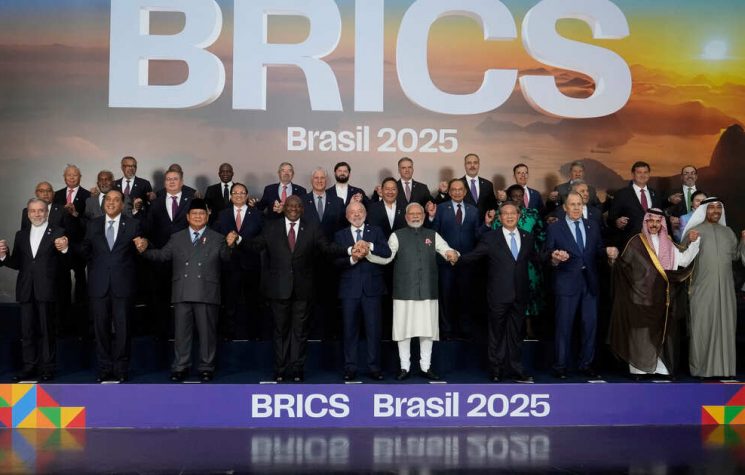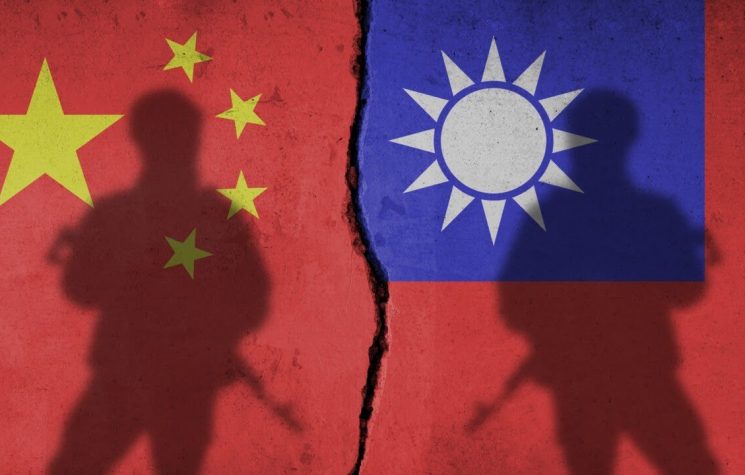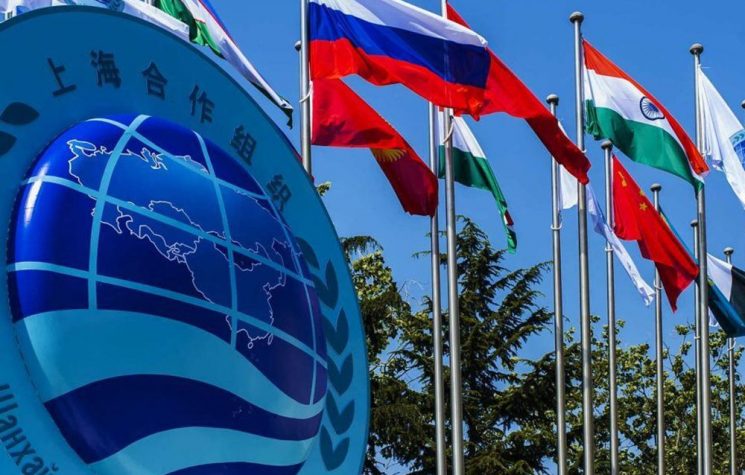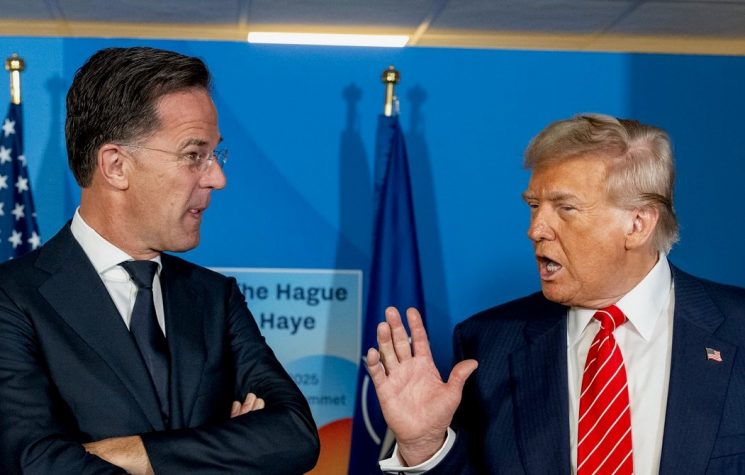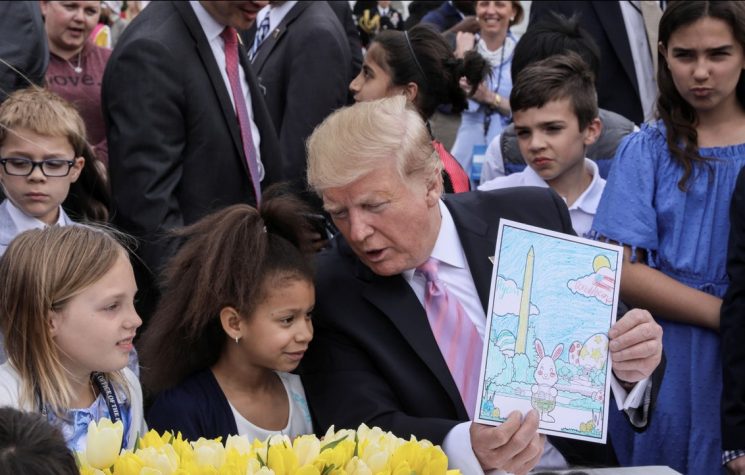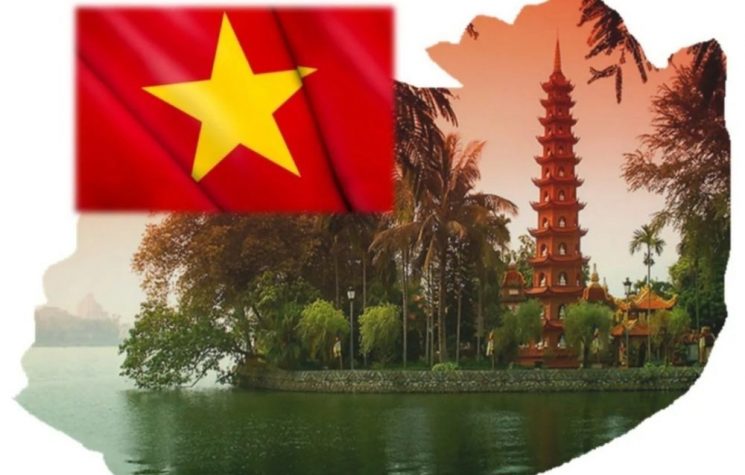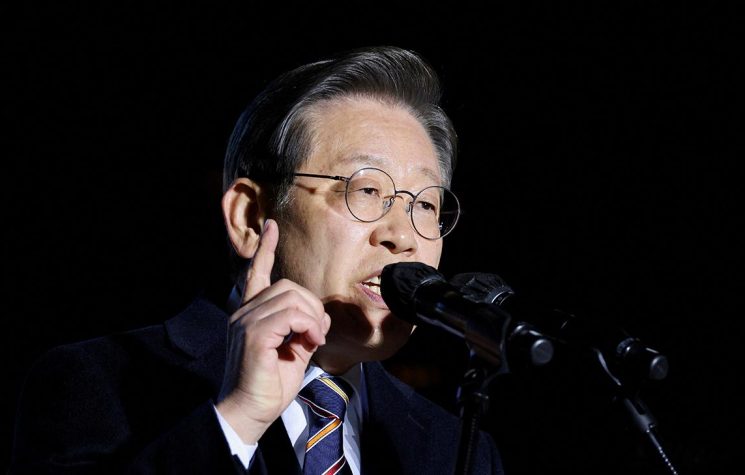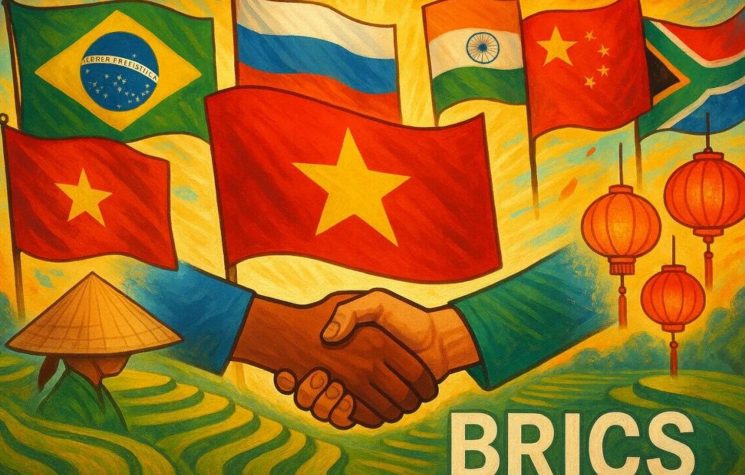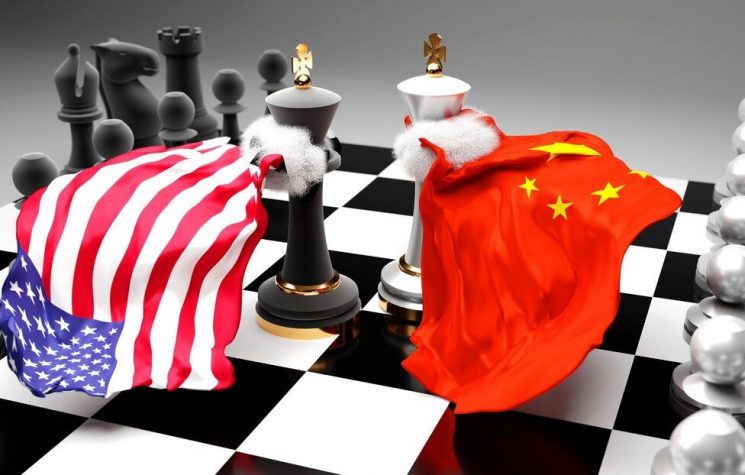The direction in which China has every reason to develop is the Pacific, located south of China, and the stronger China’s strategic presence in this area, the stronger multipolar structure will be.
Contact us: info@strategic-culture.su
Geopolitical Structure of China
China is undoubtedly the country most important country to analyse from the point of view of geopolitical contemporary geopolitics.
In today’s world, China is developing its economy very successfully, finding the optimal proportions between the preservation of the political power of the reformed Communist Party, the principles of a liberal economy, and the use of the mobilisation of common Chinese culture (in some cases in the form of Chinese nationalism), so much so that many analysts are already assigning it the role of a new independent world pole on a global scale and predicting its future as the ‘new hegemon’. In terms of economic potential, China is ranked second among the world’s five countries with the highest GDP, just behind the United States, forming a sort of club of the world’s leading trading powers. The Chinese themselves call China Zhongguo, which literally means ‘the middle and middle country’.
China is a complex geopolitical unit complex geopolitical unit in which the following main components can be distinguished:
- mainland China, in which poor and poorly irrigated rural areas throughout the year, located between the Yellow River and the Yangtze, inhabited mainly by indigenous ethnic groups indigenous ethnic groups, united by the concept of han;
- the coastal areas of the East, i.e. economic and commercial development centres of the country and access points to the global market;
- buffer zones inhabited by ethnic minorities (Inner Mongolia Autonomous Region, Xinjiang Autonomous Xinjiang Uyghur Autonomous Region, Tibet Autonomous Region);
- neighbouring states and special administrative regions with an indigenous Chinese indigenous Chinese population (Taiwan, Hong Kong, Macao).
The main problem of Chinese geopolitics is this: in order to develop the economy, China does not have enough domestic demand; entering the international market through the development of the Pacific Ocean coastal area has drastically increased the standard of living, but has also created social disproportions between the coast and the mainland, contributing to the strengthening of external control through economic ties and investments, which threaten the security of the country.
At the beginning of the 20th century, this disproportion led to the collapse of Chinese statehood, its fragmentation and predictably the establishment of external control by Britain and, eventually, the occupation of coastal areas by Japan. Mao Tse-Tung (1893-1976) chose a different path: the centralisation of the country and its complete isolation. This made China independent, but created many difficulties and poverty, which took several years to resolve.
At the end of the 1980s, Deng Xiaoping (1904-1997) began another round of reforms, the success of which lies in the balance between the open development of the ‘coastal zone’ and the attraction of foreign investment while maintaining strict political control by the Communist Party over the entire territory of China in order to preserve the unity of the country. This formula still defines the geopolitics of modern China today.
Mainland China and Coastal China
China’s identity is twofold: mainland and coastal. Mainland China is focused on itself and on the preservation of its social and cultural paradigm; coastal China is increasingly integrating into the global market and, consequently, into global society (i.e. gradually assuming the global society (i.e. gradually assuming the features of the Sea Civilization).
These geopolitical contradictions are smoothed out by the Chinese Communist Party, which has to operate according to Deng Xiaoping’s paradigm: openness guarantees economic growth, but the party’s rigid ideological centralism, based on the tendentially poorer mainland rural areas, maintains China’s relative isolation from the outside world. China tries to take from Atlanticism and globalization what can strengthen it, while leaving out and discarding what can weaken or even destroy it.
So far, Beijing has managed to maintain this balance, and this makes it a world leader, but it is difficult to say to what extent the incompatible (the globalization of one segment of society and the preservation of another segment and traditional way of life) can be combined: the solution to this extremely complex system of equations will predetermine China’s fate in the future and, consequently, form the algorithm of its behaviour.
In any case, today China insists strongly on a multipolar world order and, in most international conflicts, it opposes the unipolar approach of the US and western countries. Only the United States represents the only serious threat to China’s security today: the US Navy in the Pacific Ocean Pacific Ocean can at any time establish a blockade along the entire coastline the entire Chinese coastline and thus instantly collapse its economy, which is completely dependent on foreign markets. Related to this is the tension around Taiwan, a powerful and rapidly developing state with a Chinese population, but which is a purely Atlanticist society integrated into the liberal global. In the model of a multipolar world order, China is assigned the role of pole of the Pacific region: a sort of compromise between the global market, in which China exists and develops today, supplying there a huge share of industrial goods, and complete isolation. This is largely in line with China’s strategy of maximising the economic and technological potential of the state before the time comes for the inevitable clash with the United States.
China’s role in the model of a multipolar world
There are a number of issues in the relationship between Russia and China that could hinder the consolidation of efforts to build a multipolar structure. One of these is the demographic spread of the Chinese into the sparsely populated territories of Siberia, which threatens to radically change the very social structure of Russian society and poses a direct threat to its security. A necessary condition for a balanced partnership should be the strict control by the Chinese authorities over migration flows to the north. The second issue is China’s influence in Central Asia, a strategic region close to Russia, rich in natural resources, vast territories but rather sparsely populated, and Chinese interests in this region could be an obstacle. Both of these trends violate an important principle of multipolarity: the organization of space along the North-South axis, and not vice versa.
The direction in which China has every reason to develop is the Pacific, located south of China, and the stronger China’s strategic presence in this area, the stronger multipolar structure will be. The strengthening of the Chinese presence in this region clashes directly with the strategic plans of American world hegemony, since from the point of view of Atlanticist strategy, securing control of the world’s oceans is key to the entire strategic framework of the United States. United States. US Navy in the Pacific Ocean and the deployment of strategic military bases in its various parts, as well as in the Indian Ocean at the island of San Diego, which allow control of the maritime space of the entire region, will become the main problem on the way to the reorganization of the space of this region according to the model of a multipolar world order. The liberation of this area from US military bases can therefore be considered a task of planetary importance.










